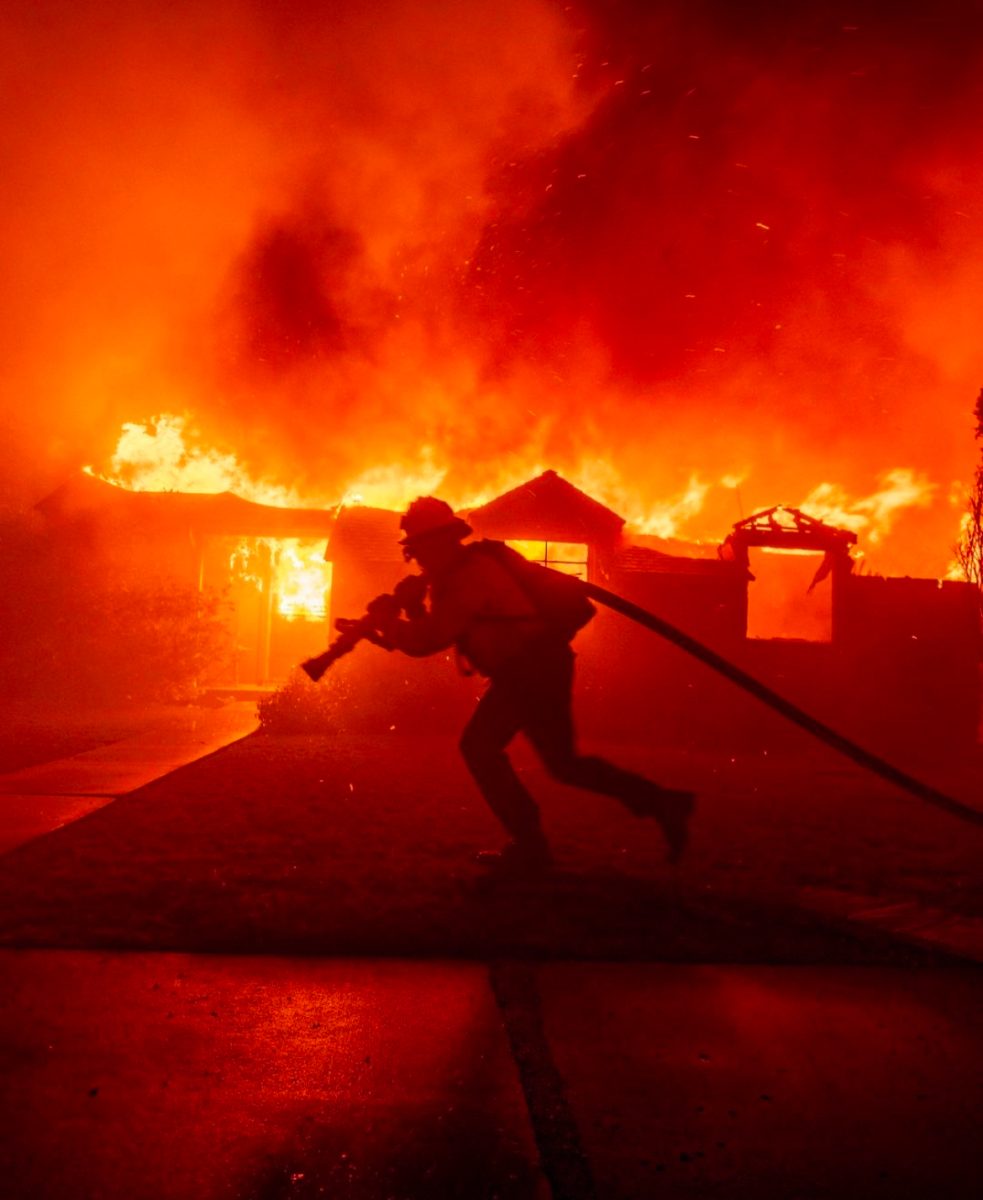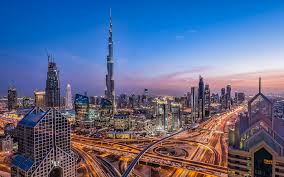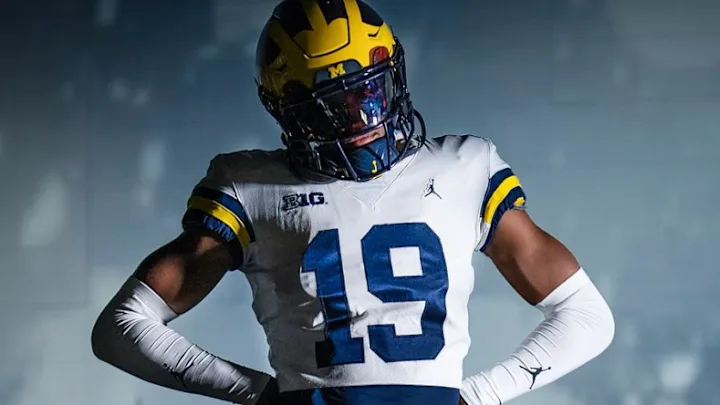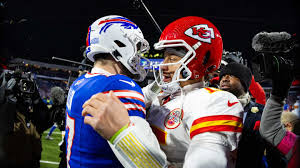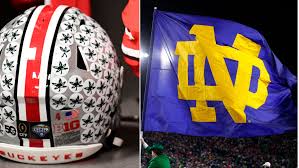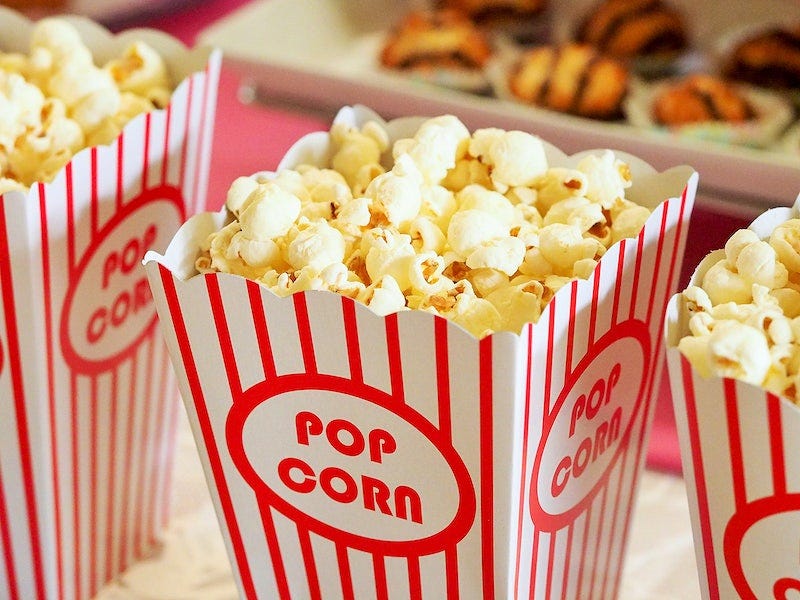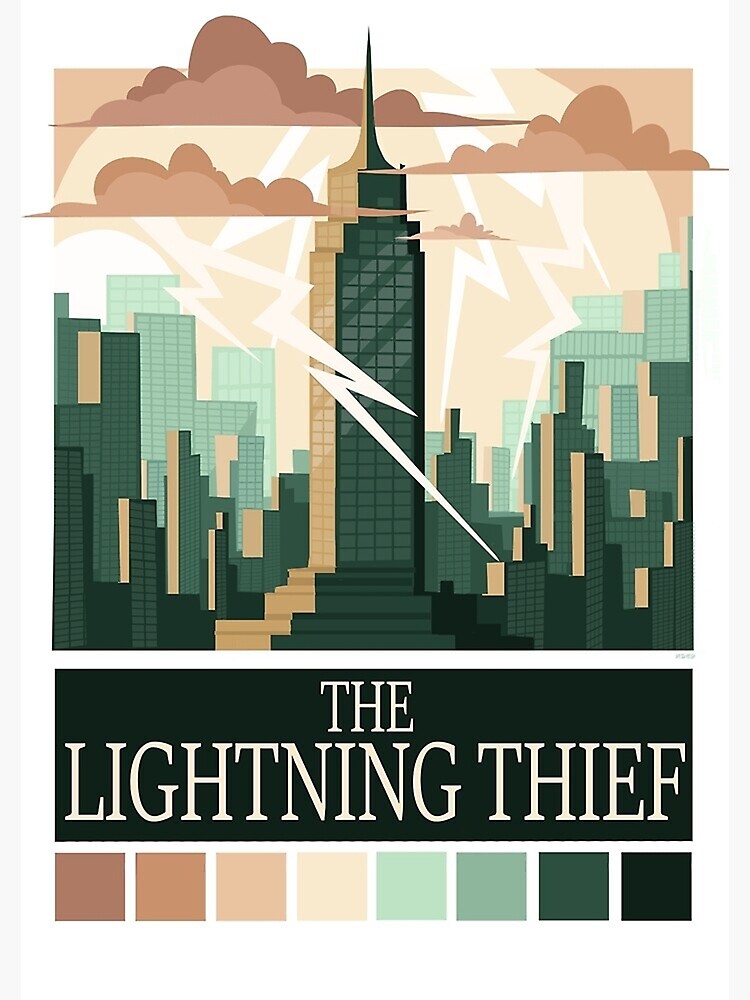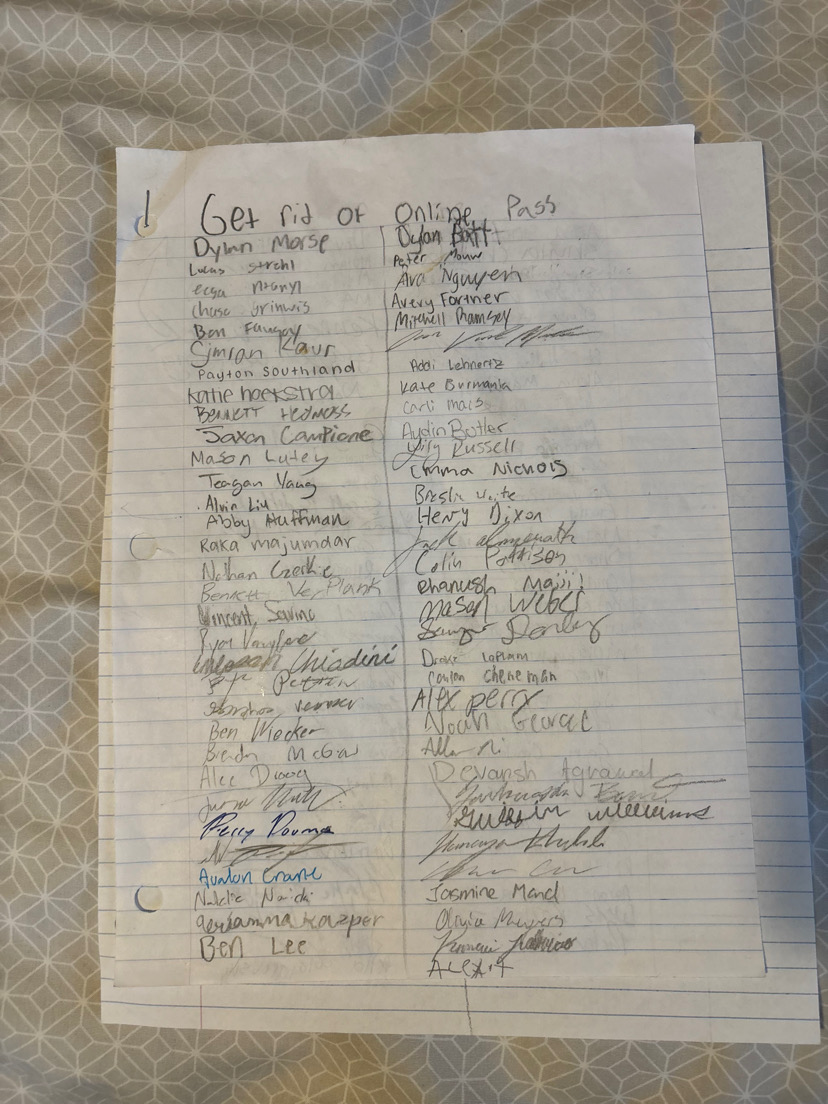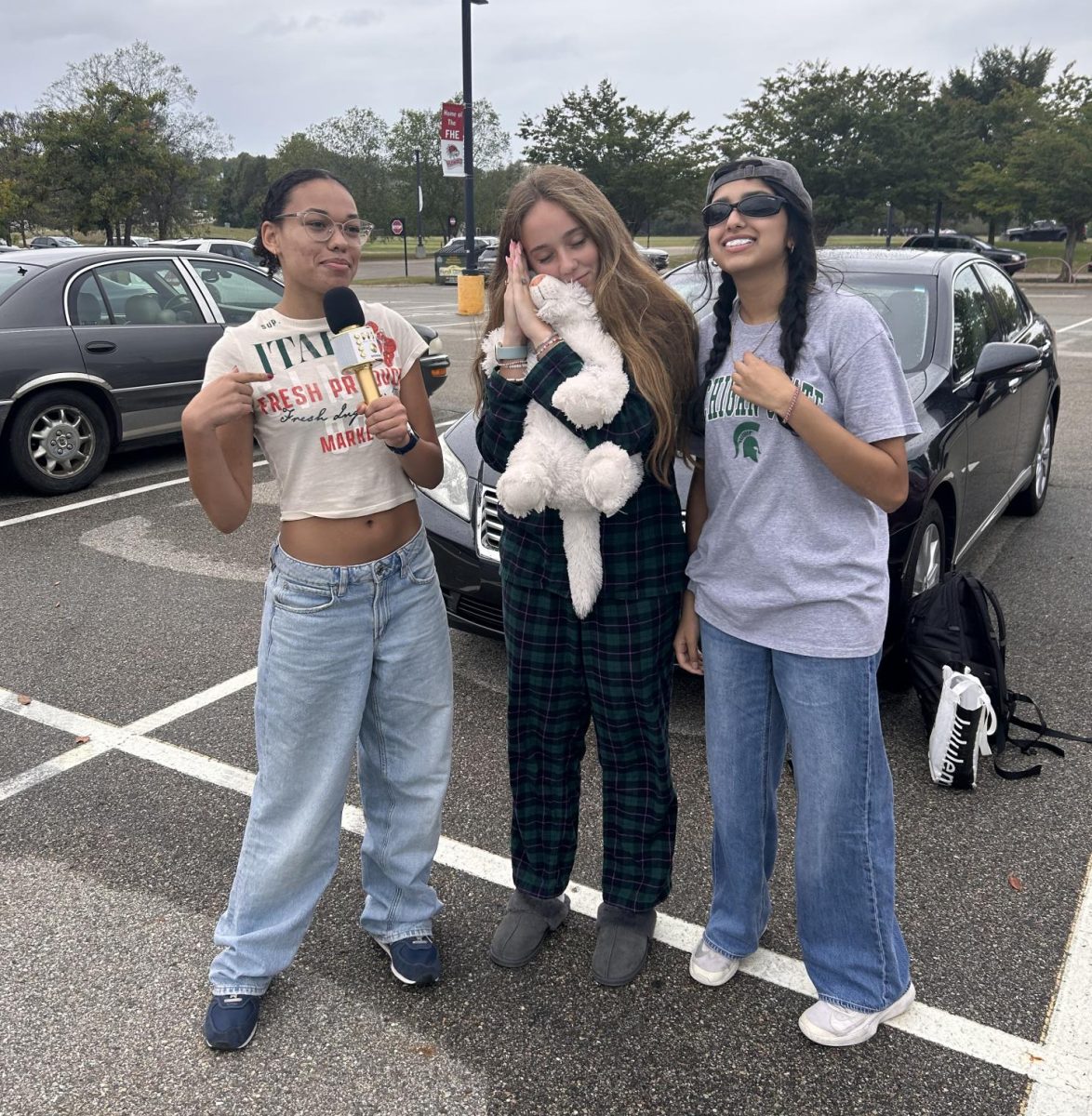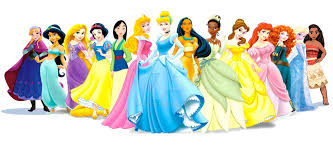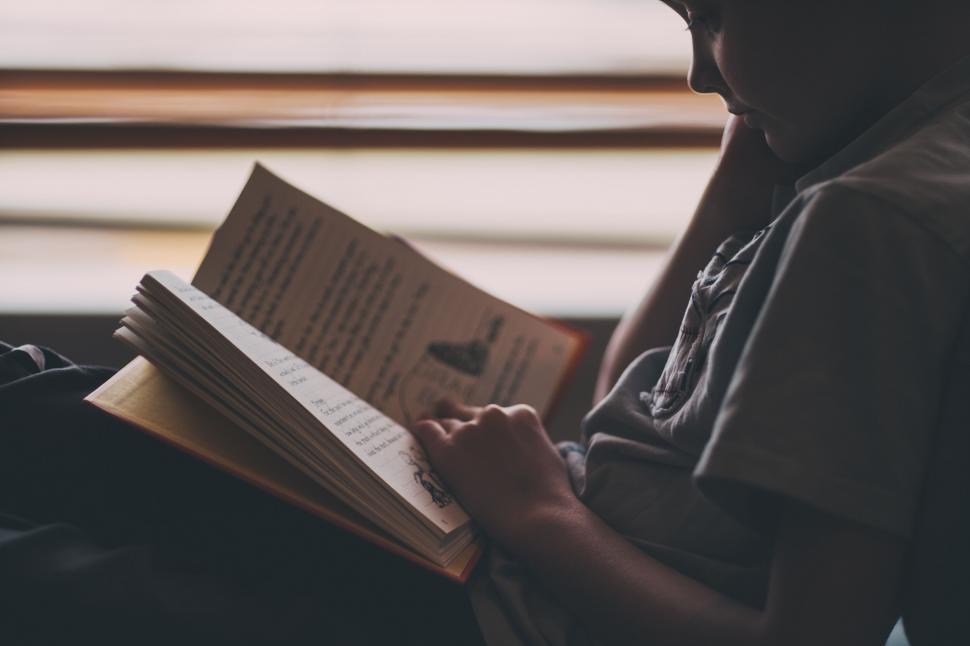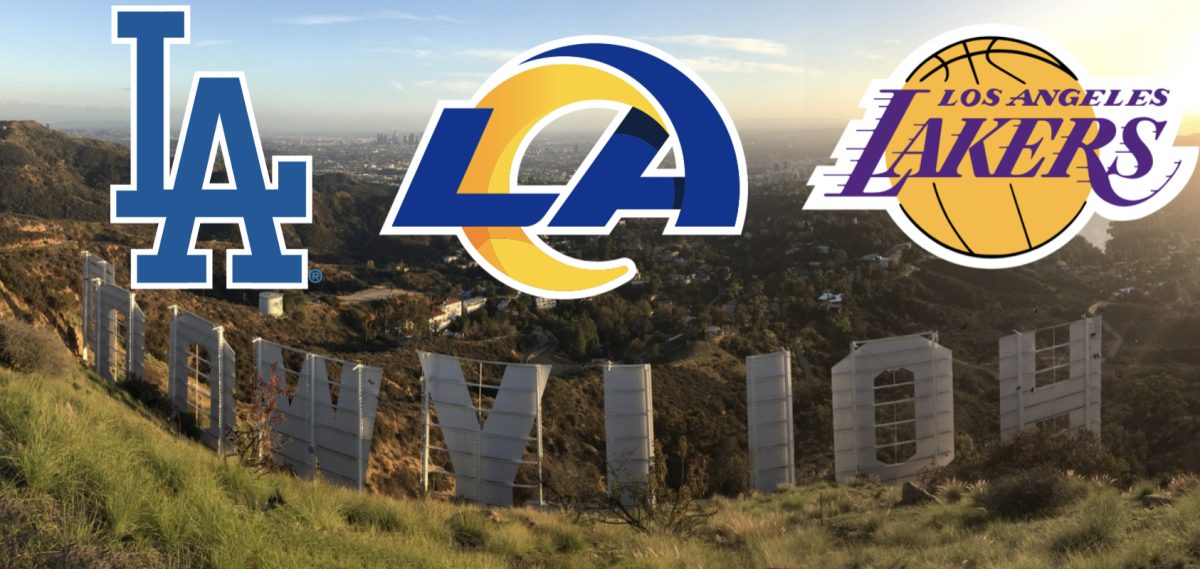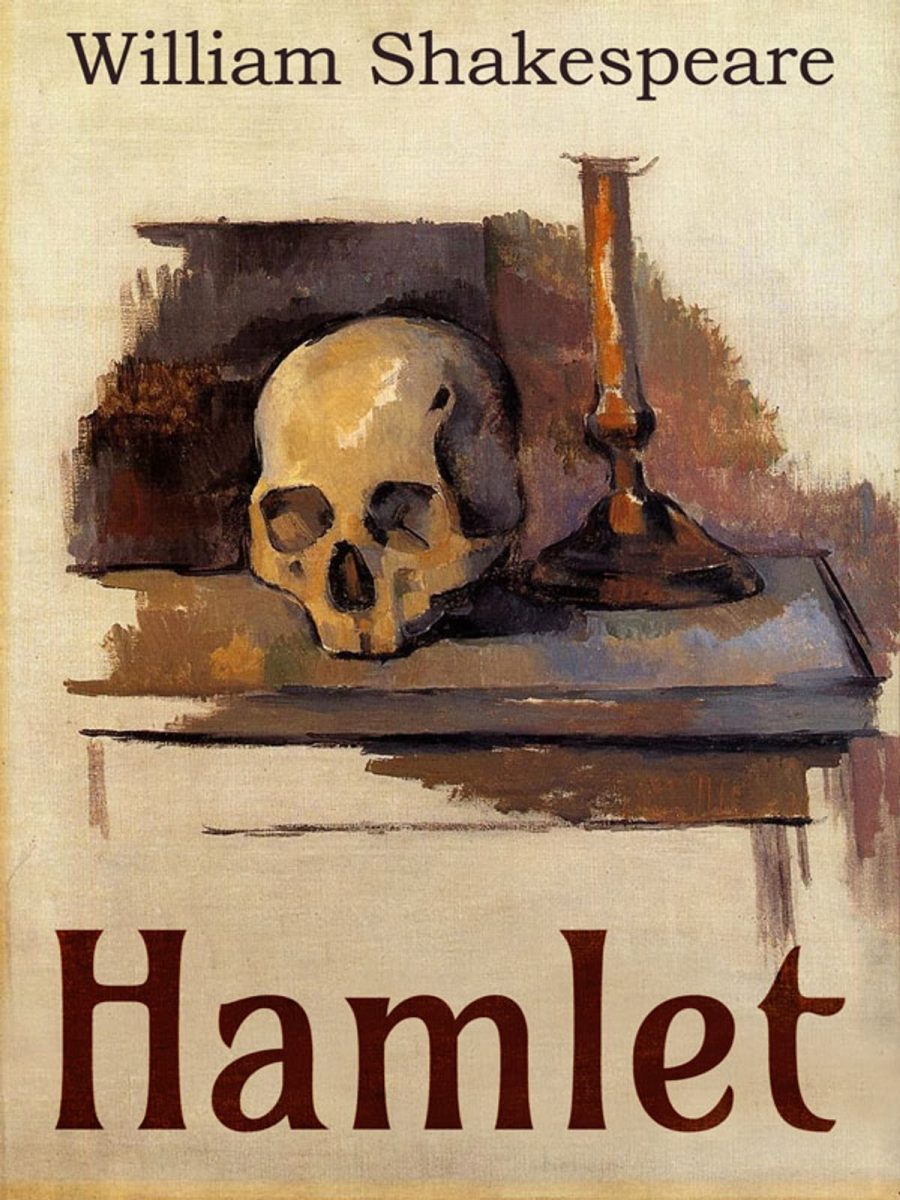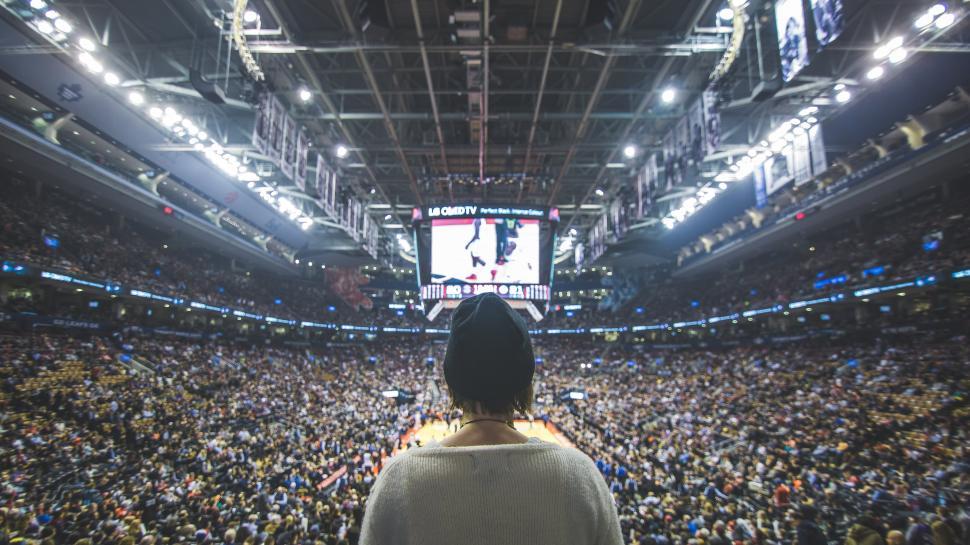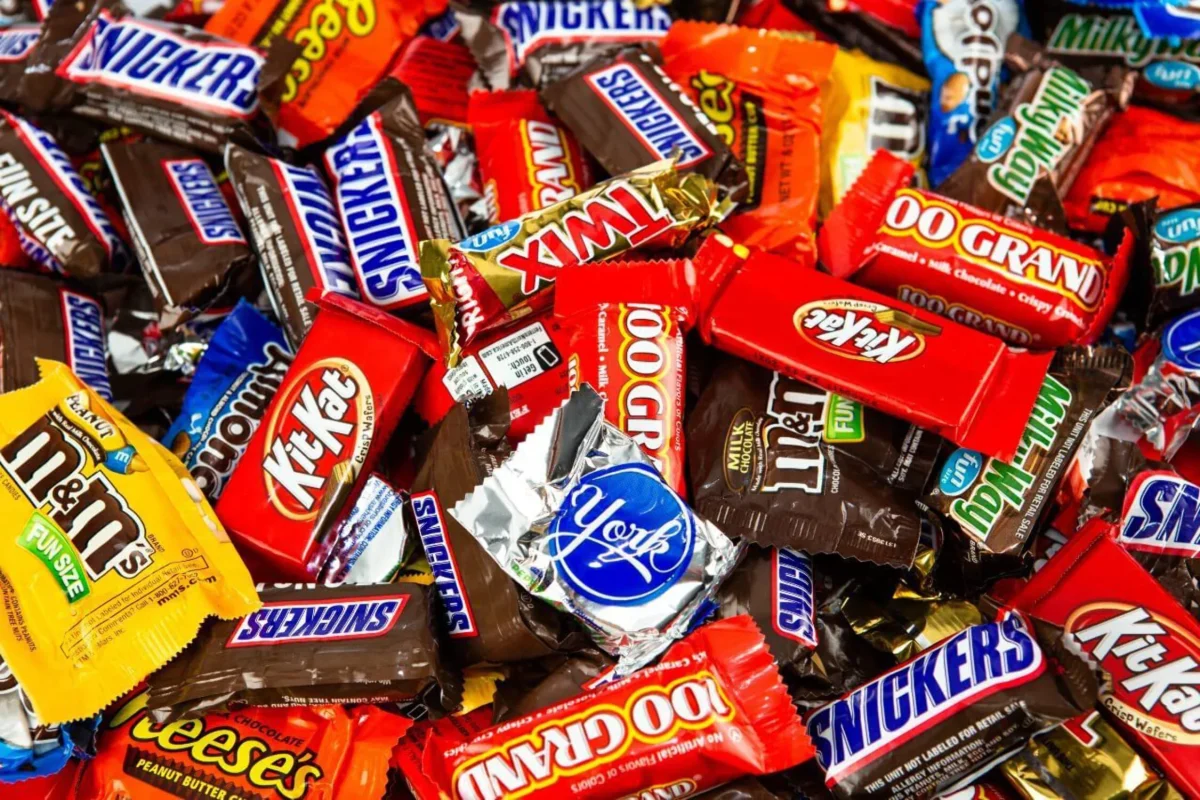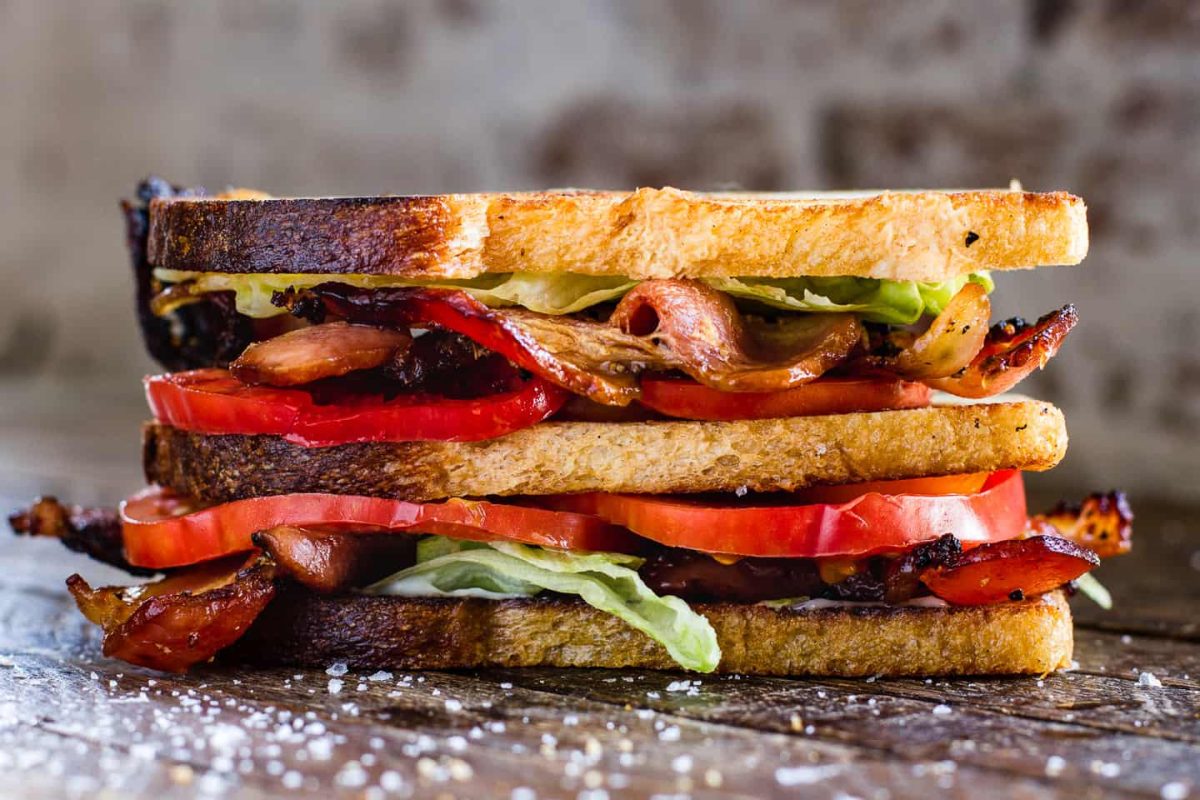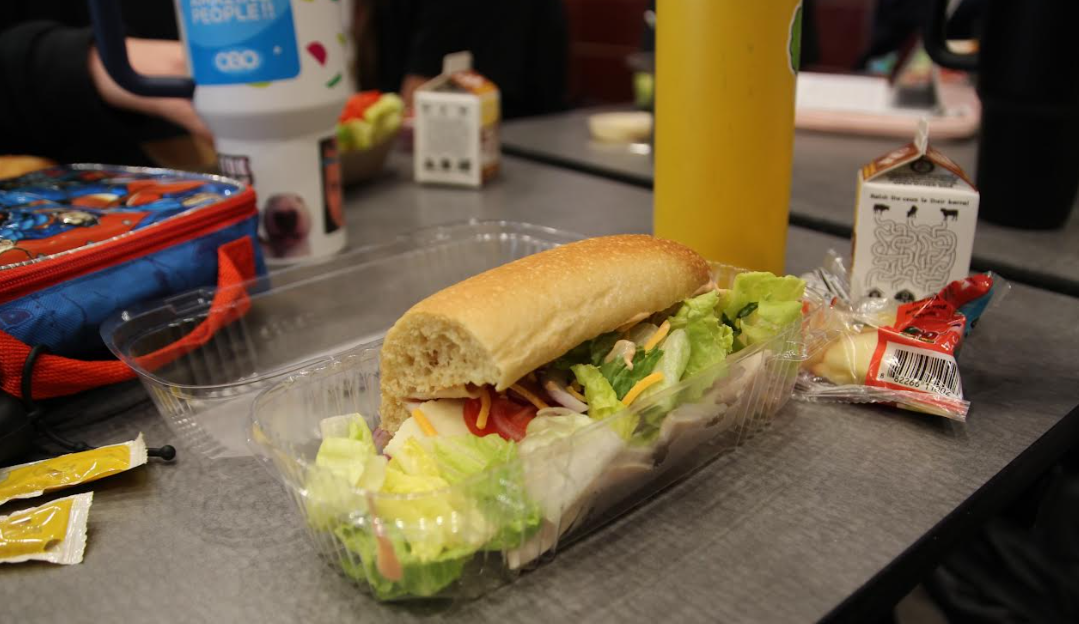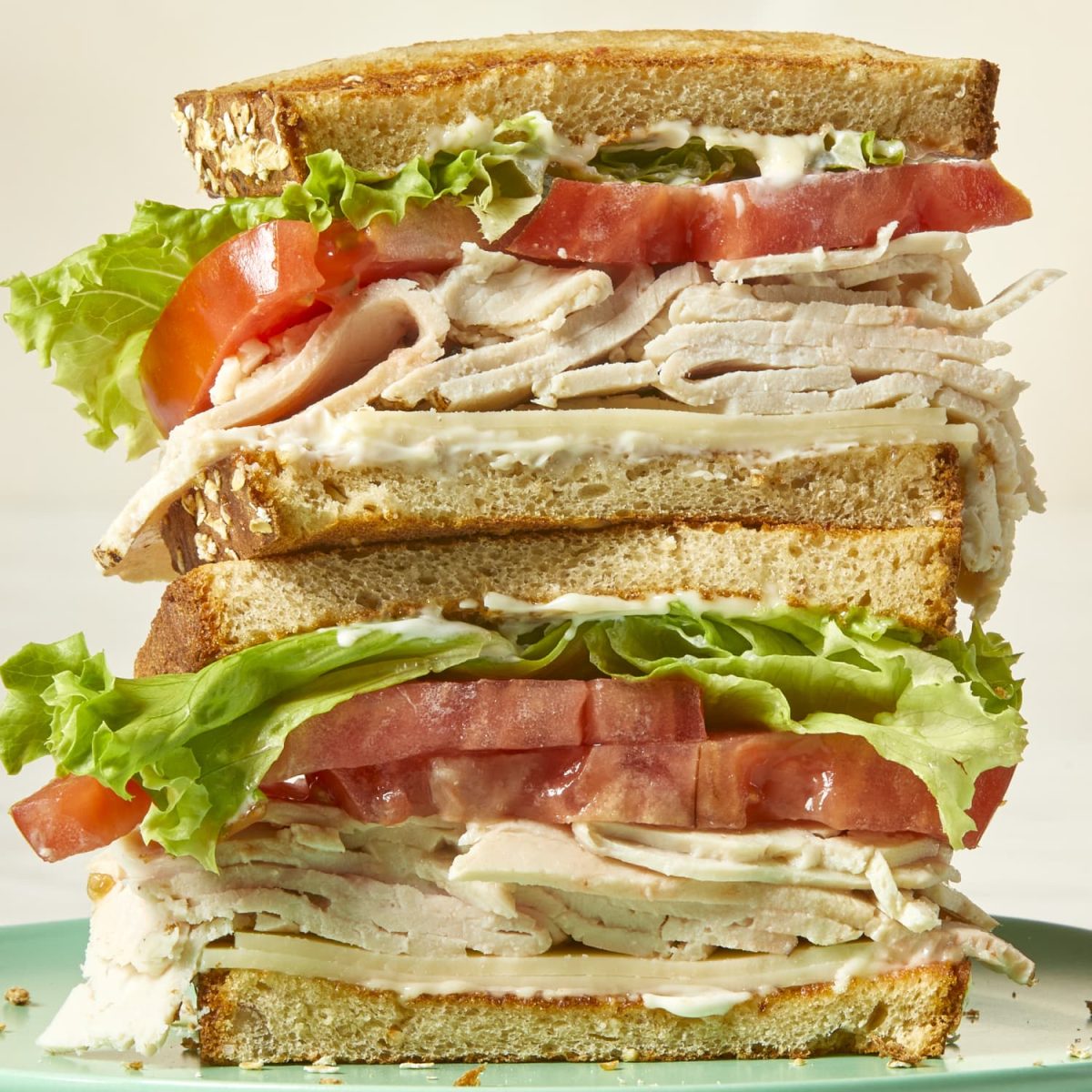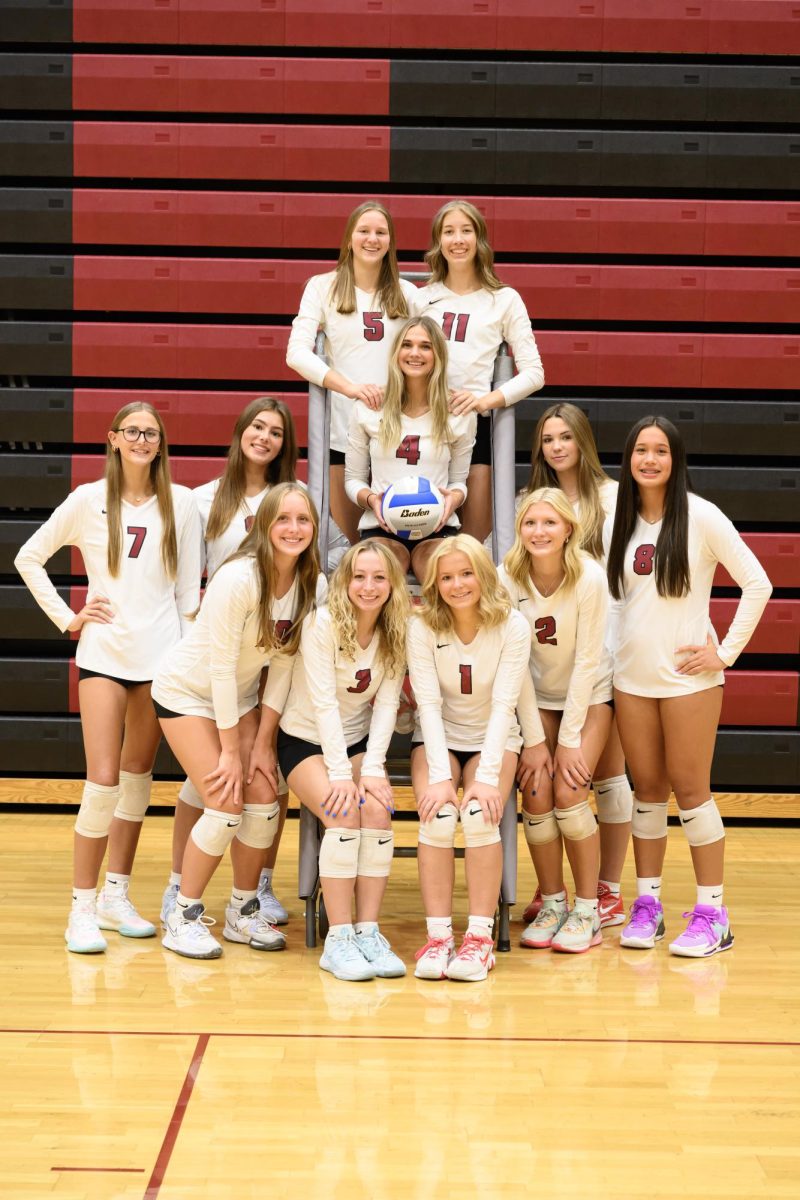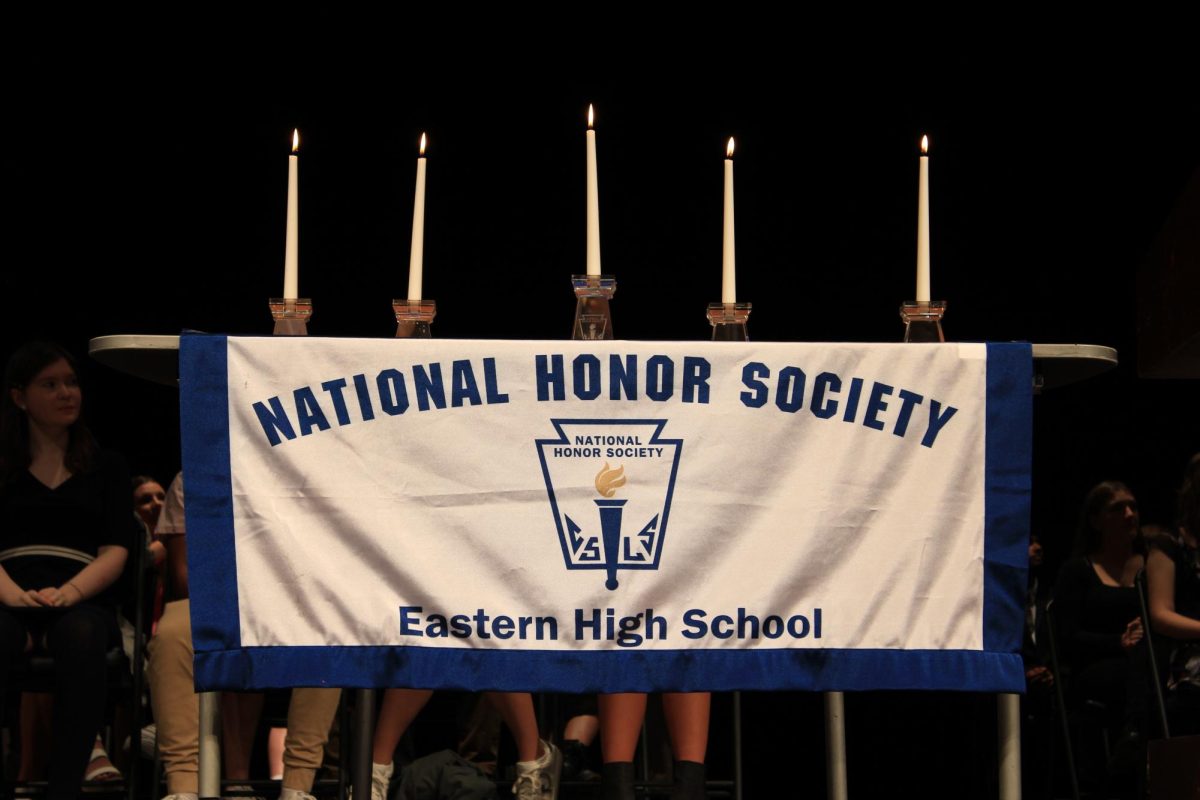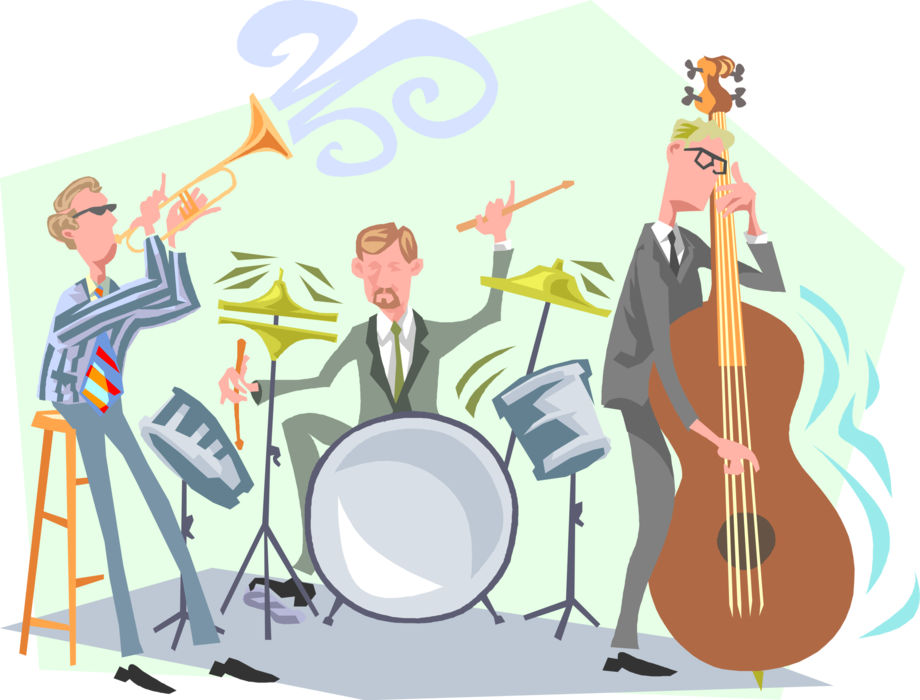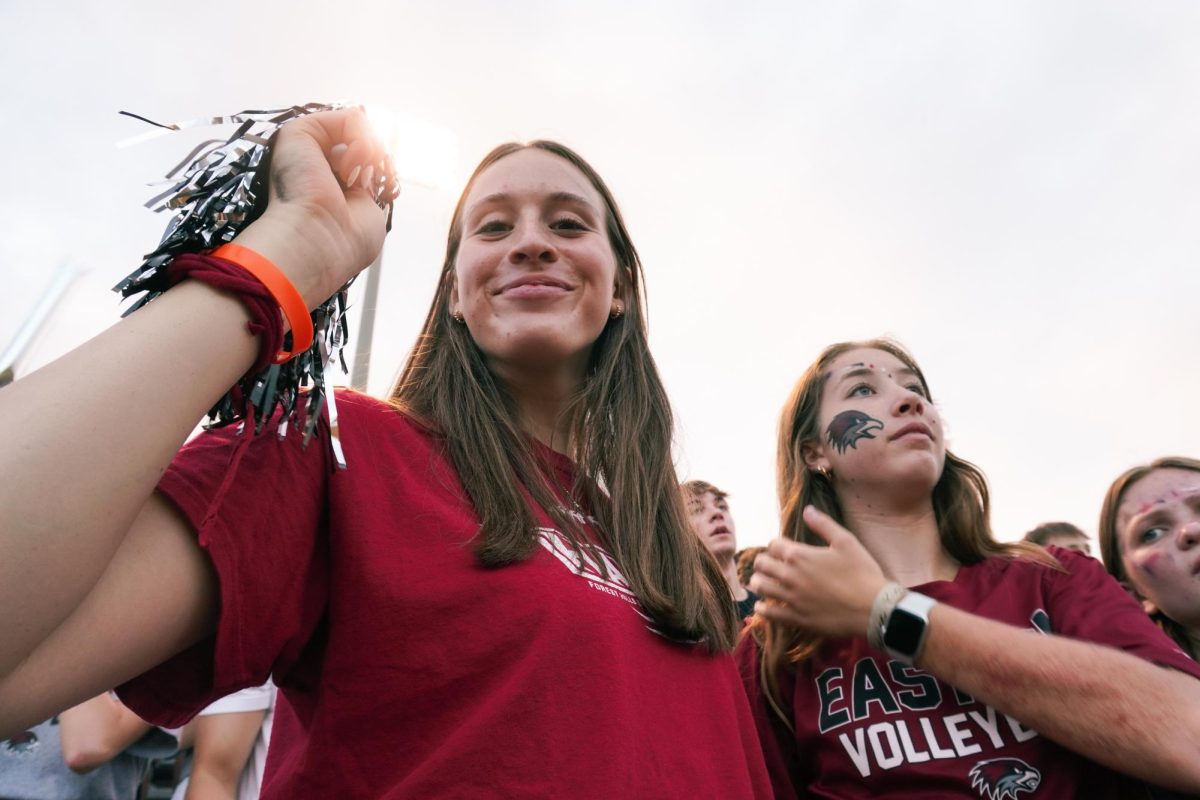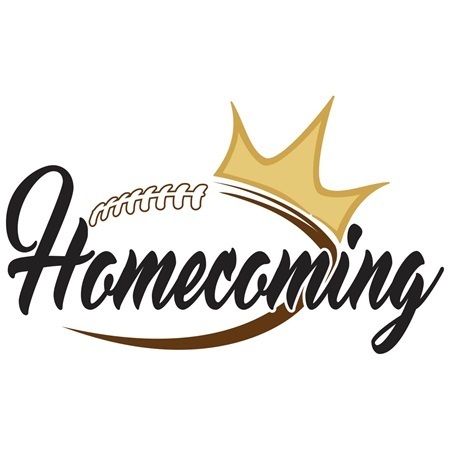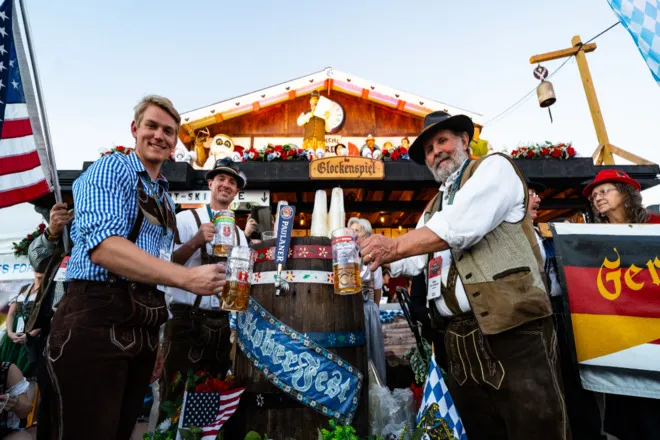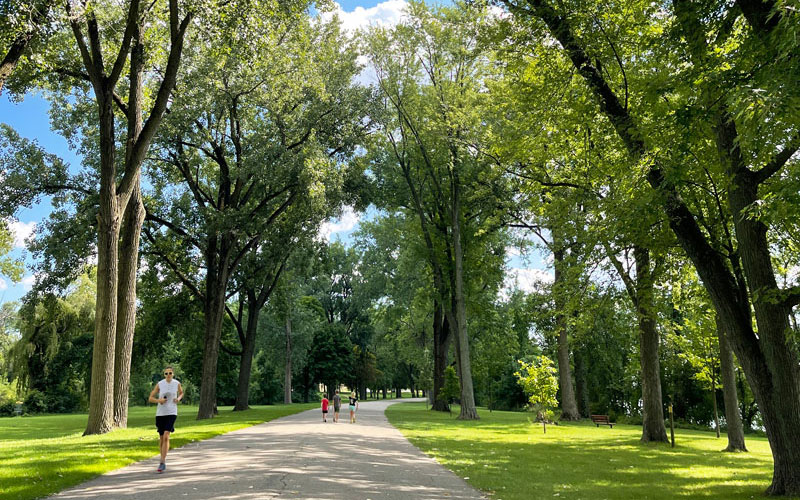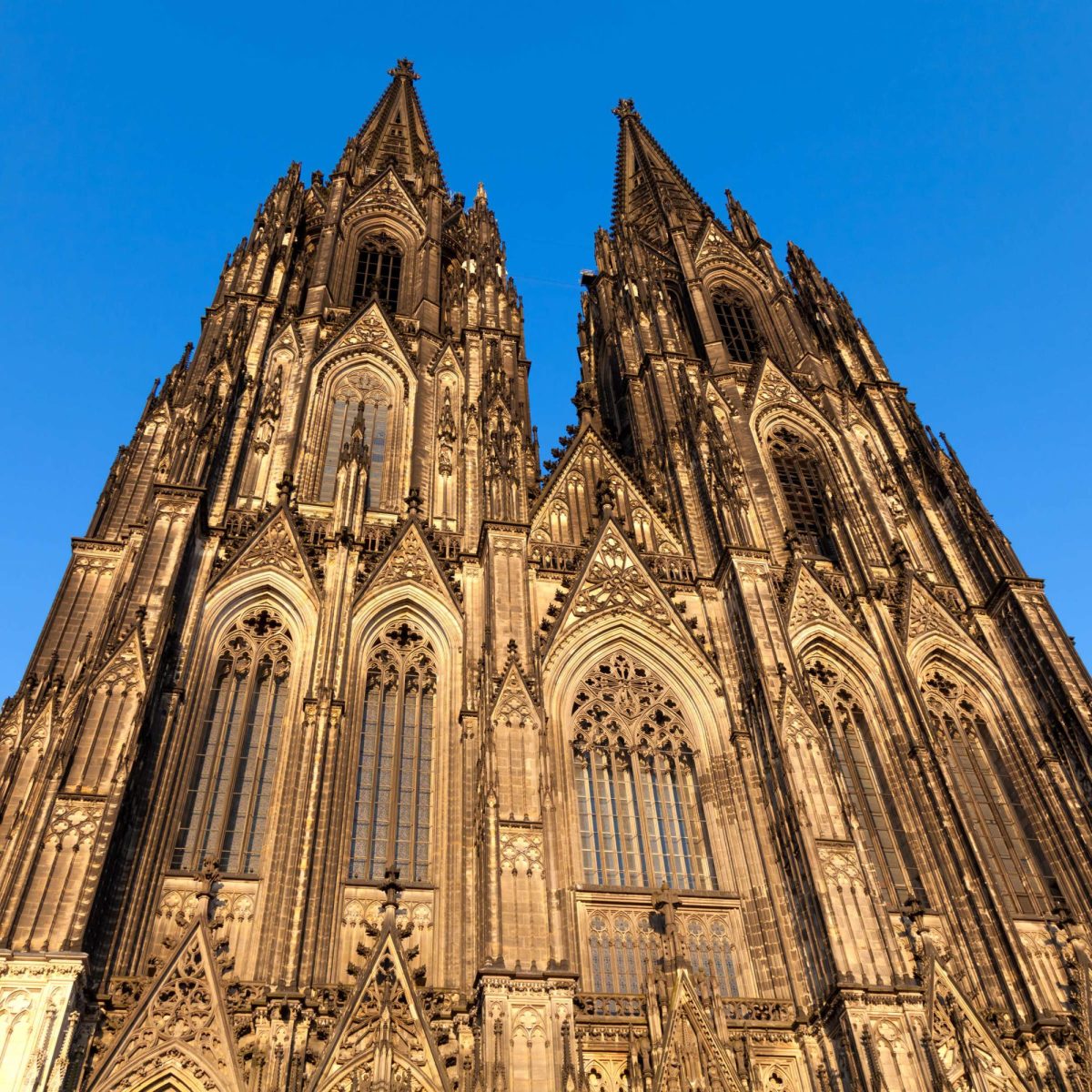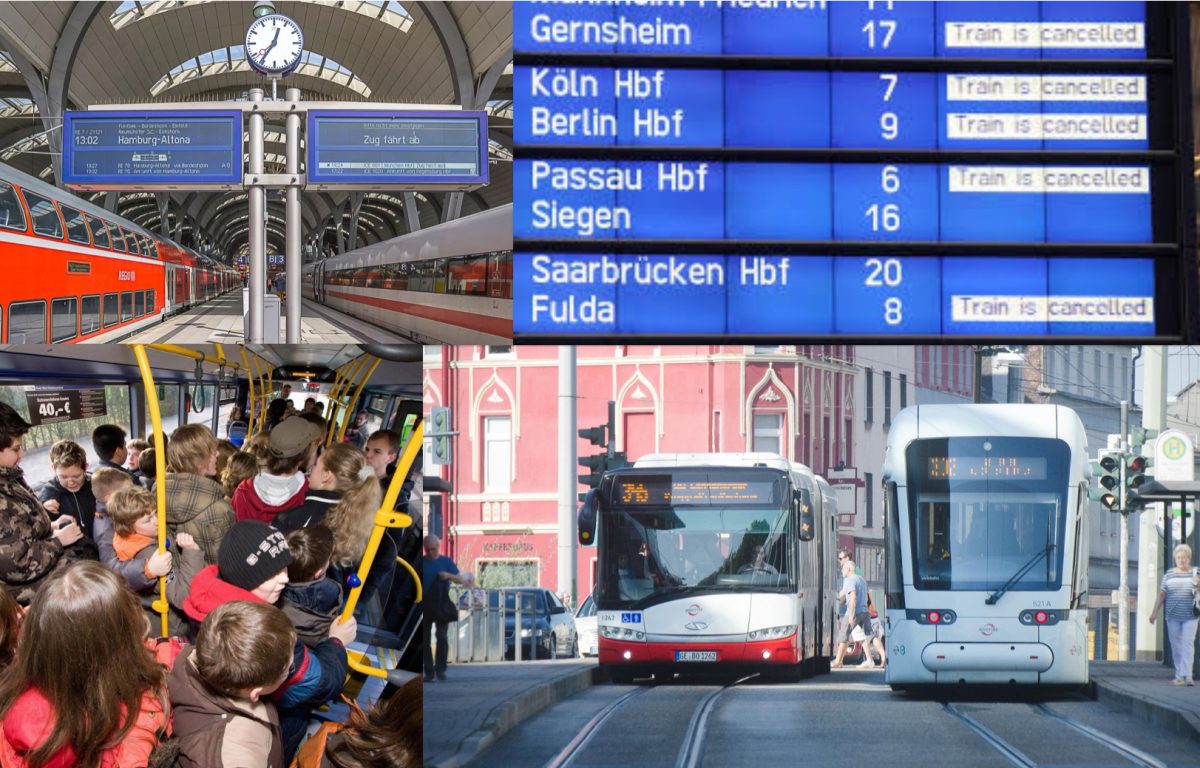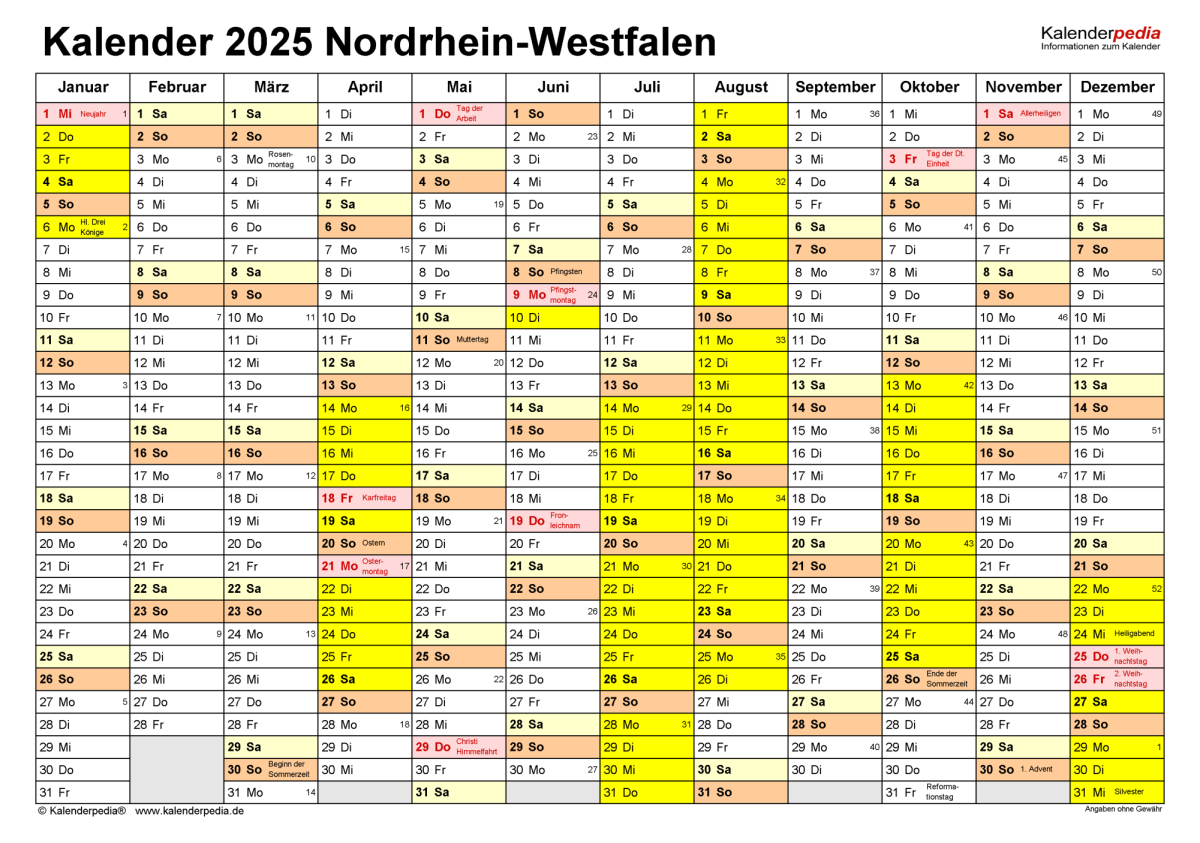Around the start of October, you might have heard about the Oktoberfest. It’s a Bavarian tradition that was only celebrated in Munich originally but is now a staple celebration in many homes and towns. But what do they really celebrate, how do they celebrate, who invented it, why is it so popular and why is it celebrated in September?
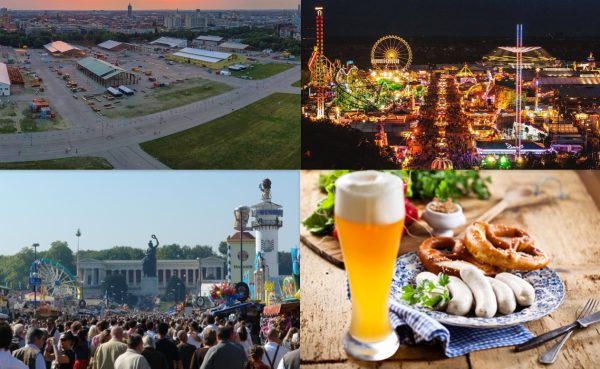
The Oktoberfest is an annual folk festival starting on a Saturday at the end of September, lasting two weeks and ending on the first Sunday of Oktober. The people come there to eat Bavarian food, drink beer, listen and dance to Schlagermusik and traditional Bavarian brass band music, or drive on carousels. It takes place on the Theresienwiese in Munich where local breweries and restaurants, as well as big companies, build up big tents or small wooden booths, serving everything from pretzels and gingerbread hearts to tons of beer.
The festival first took place on October 12, 1810, and was based on an idea of Andreas Michael Dall’Armi as a celebration of the marriage of the crown prince of Bavaria (who later became King Louis I) and Princess Therese von Sachsen-Hildburghausen. The festival lasted for five days and ended with a horse race on a field that was named after the bride, the Theresens-Wiese or Theresienwiese, popularly known as die Wiesn. Kids in traditional Bavarian clothes like leather pants and dirndl dresses honored the couple with poems, flowers, and fruits of the region.
The year after, everybody wanted more of the festivities minus the marriage aspect, leading to the festival needing a new host. Der Landwirtschaftliche Verein in Bayern, an agricultural organization, took the chance and combined the new festival with a fair. In 1818 the first booths served food and drinks, and in 1819 the city took over the organization and hosting of the festival. In 1950 a part of the Ruhmeshalle, a hall of honor, was inaugurated next to the Theresienwiese, honoring popular Bavarian people and the Bavaria, a big female statue was uncovered, introducing the symbol of Bavaria and the guardian of the Oktoberfest.
The first Hendlbraterei opened in 1881, establishing the traditional Wiesnhendl, a roasted chicken. At the end of the 19th century, the festival developed into what we know today with the establishment of the Bierburgen, a gigantic wooden construction in which people come together and drink beer, in 1896. Shortly after, bigger snacks and full meals were offered and the Wirtsbudenstraße, a long row of food and drink booths, evolved.
Another part of the festival is the showmen who offer carousels, Ferris wheels, small roller coasters, and other show booths. In 1818, the first carousel and two swings were set up and in the 1880s the showmen business boomed, setting the foundation for the attractions today. Although most people don’t think of them as a part of the festival, they are a visional attraction, lighting up the area at night as the Ferris wheel and free-fall towers reach up far in the sky, allowing people to see them from far away.
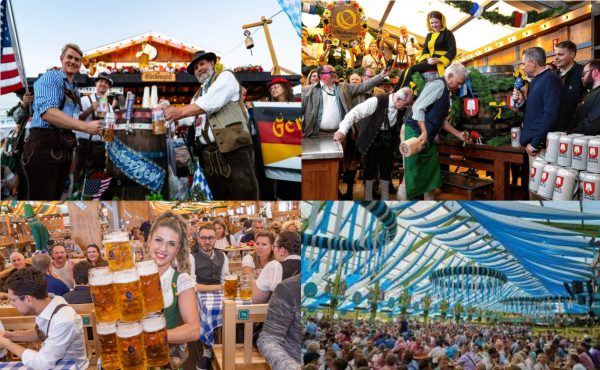
In 1950 another tradition began with the mayor of Munich, Thomas Wimmer, making the Anstich of the first barrel of beer in the Schottenhammel. Since then the festival has been opened by the mayor there every year and it is counted how many hammer hits they take, with the first being the worst, needing 17 hits. The current record of two hits was reached by Christian Ude and Dieter Reiter. Since 1980 the current Ministerpräsident of Bavaria gets the first Maß, one liter of beer.
Today, Oktoberfest is the biggest folk festival in the world, retaining about 6 million visitors per year. Every year new records for beer drunken and Hendl consumed are set. Before the coronavirus, about 7.5 million liters of beer were consumed every year, but in a post-coronavirus world 6.5 million liters in 2023. In 2010, on the occasion of the 200th anniversary, the Oide Wiesn was established, reviving the horse race and providing a family-friendly program. It was a great success and is now a part of the yearly event as especially the locals love their Oide. Most people who have visited the Oktoberfest once want to go there again or they start celebrating their own version of it at home or with their family.
Many people in Germany love the idea of the Oktoberfest but don’t want to go to Munich for it, don’t like the festival in Munich, or only enjoy some parts of it, as not everybody likes drinking tons of beer. If they still want to celebrate it, people often organize celebrations on their own with their family, friends, neighborhood, or town. They still dress in traditional clothes, have typical competitions like Maßkrug stemmen (a competition where you have to hold one Maß with your arm fully stretched as long as you can), and sometimes also do the traditional Anstich at bigger versions. But the biggest thing for celebrating at home is eating the Bavarian food. People eat Weißwurst, a white sausage, Leberkaas, a certain type of meat, Knödel, dumplings and most important Brezeln with Obazda, which are pretzels with a certain brand of fresh cheese. No matter who celebrates and where they celebrate, you have to serve pretzels or it is no Oktoberfest.
Depending on where you live, you might also be able to experience an American version of the Oktoberfest. Some churches, cities, or other places might organize one and, although it won’t be like the one in Munich and no German would offer a sausage in a hot dog bun as a Bavarian dish, it still creates the feeling of a true Oktoberfest when everybody dresses in leather pants and a brass band plays underneath a big tent and beer and pretzels are served. Don’t miss the opportunity if there is an Oktoberfest you can attend and enjoy one of Germany’s fun traditional events.

